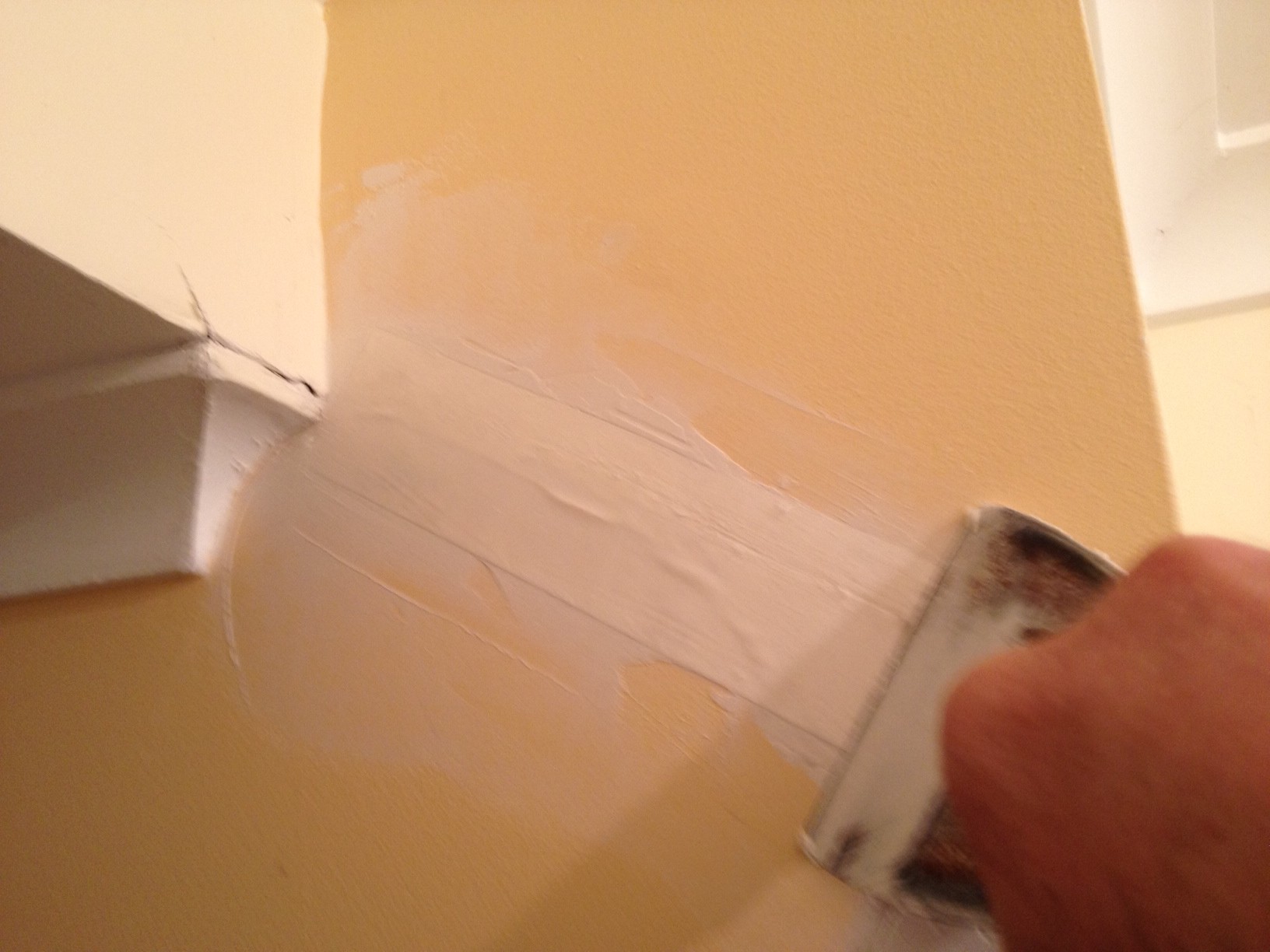
Have you noticed a crack forming between your ceiling and the cornice, or worse, the cornice starting to come away from the ceiling? It's a common issue in homes, but luckily, it's something you can fix yourself with a bit of know-how.
In this guide, we'll walk you through the steps to repair a loose cornice, ensuring your room looks great and stays safe.
Why Fixing a Loose Cornice Matters
A loose cornice isn't just an eyesore; it can also be a safety hazard. If left unfixed, it could fall off completely, risking damage to your property or even injury.
By taking action early, you can prevent further damage and keep your home looking its best.
Step-by-Step Guide to Fixing a Loose Cornice
1. Assess the Damage
Start by examining the crack to see how extensive it is. Use a paint scraper to remove any loose paint or plaster around the area, exposing the surface underneath.
2. Prepare the Cornice Cement
Mix up some cornice cement in a bucket until it forms a paste-like consistency. You want it thick enough to stick but not so thick that it's hard to work with.
3. Fill the Gap
Using a scraper, apply the cornice cement into the gap between the cornice and the ceiling. Press it in firmly to ensure it fills the crack.
4. Secure with Screws
To reinforce the repair, use a drill to screw plasterboard screws through the cornice and into the ceiling. This will hold everything in place while the cement sets.
If any excess cement oozes out, scrape it off and use it to fill the screw heads.
5. Smooth and Finish
Once the cement has been set for a few minutes, use a damp rag or sponge to wipe along the crack. This will smooth out the surface and give it a more polished look.
If necessary, lightly sand the area once the cement is fully dry.
6. Apply Sealer and Paint
Finish off by applying a sealer undercoat to the repaired area. Once it's dry, paint over it with two coats of acrylic paint to match the ceiling colour.
This will help blend the repair seamlessly with the rest of the ceiling.
Alternative Method
If the cornice feels hollow and loose, you can use a fast-curing adhesive like Bostik Nail It Fast Cure. Simply drill into the cornice, inject the adhesive, and seal off the holes with a multipurpose filler.
Then, use a flexible gap filler to cover any visible gaps and create a smooth finish. Fixing a loose cornice might seem like a big job, but it's quite manageable with the right approach.
By following these steps, you can restore your ceiling to its former glory and ensure it stays safe for years to come. Don't let a little crack ruin the look of your room – take action today and enjoy a beautifully repaired ceiling!
Fixing a loose cornice isn't as scary as it sounds. Just follow these simple steps, and you can handle it yourself, saving both time and money on hiring a pro.
Safety first, though – make sure you're thorough and careful. If you're dealing with cornice ceilings Perth, don't hesitate to ask for assistance if you're unsure.
With a bit of elbow grease, your ceiling will be looking tip-top in no time!
 Cornices are beautiful architectural features that add elegance and charm to our homes. However, if you've ever noticed cracks forming along the edges of your cornices, you're not alone.
Cornices are beautiful architectural features that add elegance and charm to our homes. However, if you've ever noticed cracks forming along the edges of your cornices, you're not alone.